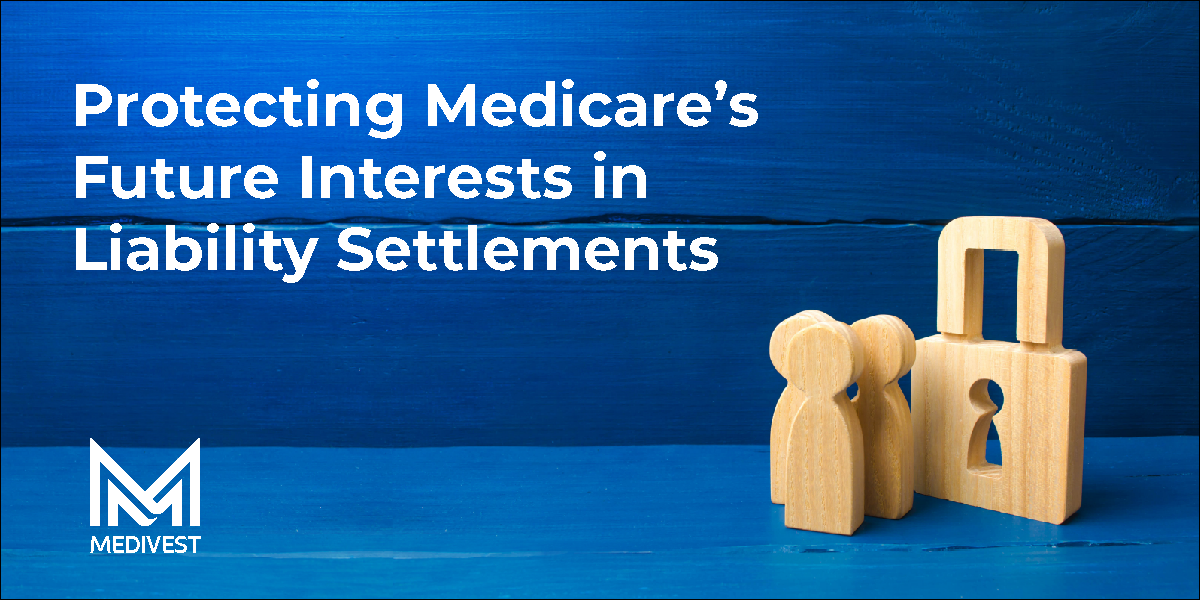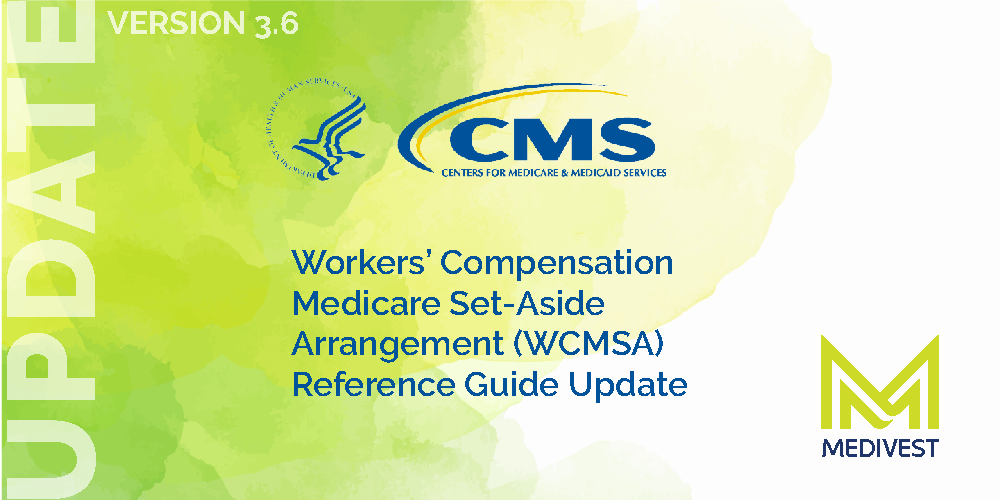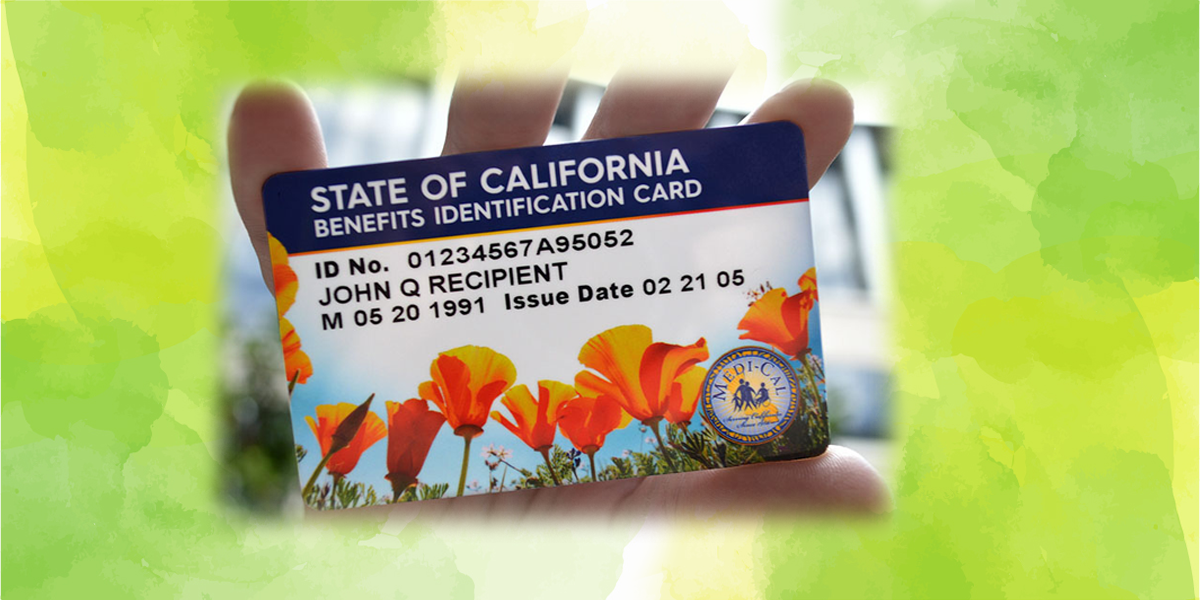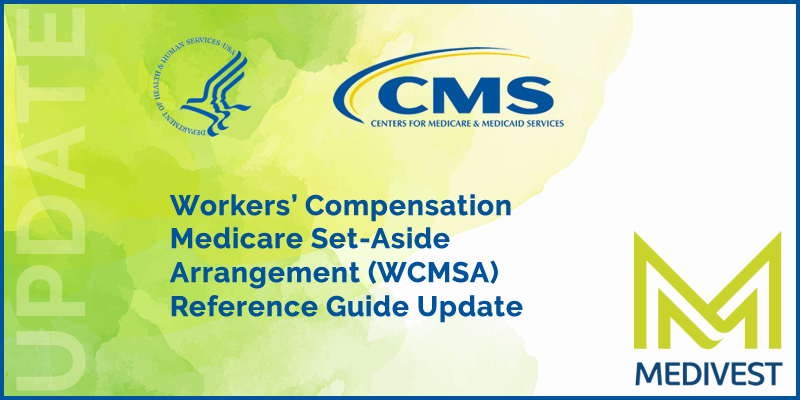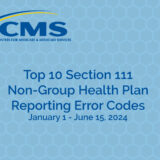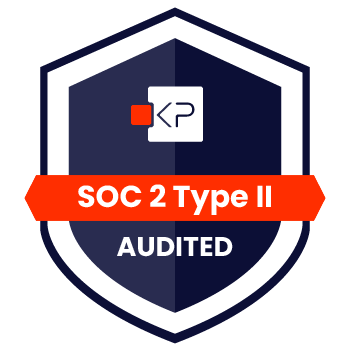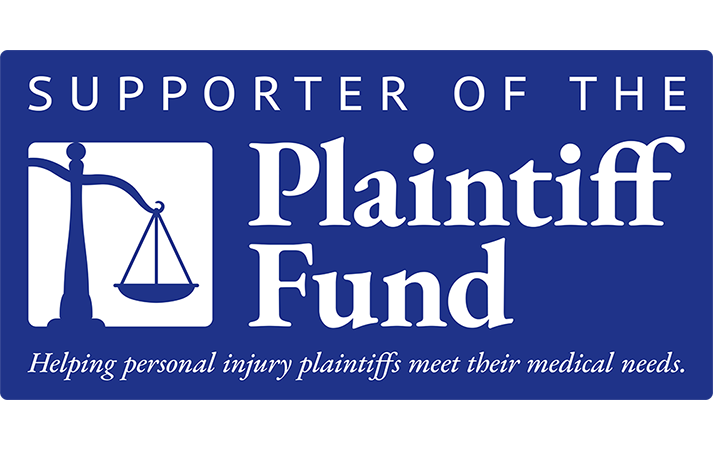As we enter the final weeks of 2020, Medicare Secondary Payer Act (MSP) stakeholders will have to continue to wait for Liability Medicare Set-Aside (LMSA) Regulation/Guidance to be released. The last time the Centers for Medicare & Medicaid Services (CMS) mentioned the LMSA Regulation/Guidance it was scheduled to be released in August 2020. Professionals in the MSP industry have speculated that new regulations or guidelines are not likely to be published until March 2021, however as of December 17, 2020 no announcement date has been set. CMS first announced a Notice of Proposed Rulemaking (NPRM) to be issued in September of 2019 but has delayed the announcement multiple times over the past two years. The NPRM would “clarify existing Medicare Secondary Payer (MSP) obligations associated with future medical items and services related to liability (including self-insurance), no fault insurance, and workers’ compensation settlements, judgements, awards or other payments. Specifically, this rule would clarify that an individual or a Medicare Beneficiary must satisfy Medicare’s interest with respect to future medical items and services related to such settlements, judgements, awards, or other payments. This proposed rule would also remove obsolete regulations.”
Injured individuals, their attorneys, and entities settling liability claims, including consultants that assist in the settlement process such as structured settlement and MSP compliance planners/consultants (Settlement Professionals) interested in complying with the MSP and ensuring that Medicare will not make payments for injury related and Medicare covered medicals post settlement, have regularly read and interpreted the CMS Stalcup Handout dated 05/25/2011, characterizing the obligation of considering and protecting Medicare’s interests in liability and Workers’ Compensation settlements as being one and the same (see below). Furthermore, in the absence of specific regulations or guidance directed toward liability settlements, Settlement Professionals have also read and interpreted the guidance issued by CMS in its Workers’ Compensation Medicare Set-Aside Arrangement (WCMSA) Reference Guide v 3.2.
The WCMSA Reference Guide of course only gives examples of situations where Workers’ Compensation settlements fall outside the workload review thresholds allowing for review by CMS but in the two examples it provides in Section 8.1 titled Review Thresholds, it indicates that “not establishing some plan for future care places settling parties at risk for recovery from care related to the WC injury up to the full value of the Settlement.” In the same section of the Reference Guide, CMS indicates in another example, “The settling parties must consider CMS’ future interests even though the case would not be eligible for review.” Because of the double damages provision allowed for recovery actions under the MSP, and regardless of what CMS’ enforcement position has been in the past, insurance carriers, Self-Insureds, and attorneys representing injured plaintiffs have taken precautions to reduce the likelihood of any recovery against them for future conditional payments. Many have surmised that this is only a plaintiff issue and have argued insurance companies and Self-Insured need not worry about Medicare covered futures. Nobody knows exactly where the future guidance in this area is going to fall but it is clear that Medicare’s Trust Funds need protecting because as recently as 2018, Congress predicted Medicare’s Part A Trust Fund to be depleted in 2026.*
Highlights from the CMS Stalcup Handout 05/25/2011
…“Medicare’s interests must be protected; however, CMS does not mandate a specific mechanism to protect those interests. The law does not require a ‘set-aside’ in any situation. The law requires that the Medicare Trust Funds be protected from payment for future services whether it is a Workers’ Compensation or Liability case. There is no distinction in the law.”
…here is no formal CMS review process in the liability arena as there is for Workers’ Compensation. However, CMS does expect the funds to be exhausted on otherwise Medicare covered and otherwise reimbursable services related to what was claimed and/or released before Medicare is ever billed. CMS review is decided on a case by case basis.
…“Each attorney is going to decide, based on the specific facts of each of their cases, whether or not there is funding for future medicals and if so, a need to protect the Trust Funds.”
Click here to download entire memo
Office of Management and Budget (OMB) issued the following Notices of Proposed Rule Making (NPRM) regarding RIN 0938-AT85:
To stay up to date regarding any changes with LMSA Regulations/Guidance, please visit Medivest’s blogs::
Take Aways:
- Considering Medicare’s interests in any settlement with some type of analysis regarding the protection of those interests has become the industry standard for all NGHP settlement types – liability, self-insurance, No Fault, and Workers’ Compensation.
- Whether the announced guidance comes out soon or not, doesn’t it make sense to help ensure that Medicare’s future interests are considered and protected in accordance with existing federal law – i.e. the MSP?
- Helping to ensure that Medicare is not prematurely billed for injury related future Medicare covered medicals for any settlement type is the right thing to do and helps protect the Medicare Trust Funds.
Medivest will continue to monitor the OMB website for any NPRM updates in order to keep you informed. Count on Medivest to help guide you through some of the complexities associated with MSP compliance.
* Medicare has two Trust Funds. One for Part A that covers hospital insurance for the aged and disabled and one for both Part B that mainly covers doctors’ visits and Part D that covers prescription medications, for the same population of Medicare enrollees. It was announced in June 2018 that the Part A Hospital Insurance (HI) Trust Fund is projected to be depleted in 2026, three years earlier than predicted just a year ago. The Part B and D Trust Fund is not as bad off due to a financing system with yearly resets for premium and general revenue income and is projected to have adequate funding for the next ten years and beyond.
Total Medicare expenditures were reported to be $710 billion in 2017. Medicare expenditures were projected to increase at a faster pace than either aggregate workers’ earnings or the economy, and to increase from approximately 3.7 percent in 2017 to between 6.2 percent and 8.9 percent as a percentage of Gross Domestic Product (GDP) by 2029, causing substantial strain on our nation’s workers, the economy, Medicare beneficiaries, and the Federal budget.
A 2018 Annual Report of the Boards of Trustees of the two Medicare Trust Funds recommended a legislative response [2] to help protect the Part A Trust Fund. However, instead of waiting years for Congress to act, if parties to third party or workers’ compensation settlements involving Medicare beneficiaries [3], proactively address both past and future interests of Medicare, that could help slow Medicare Trust Fund depletion, in line with the above-described intent of the MSP.







